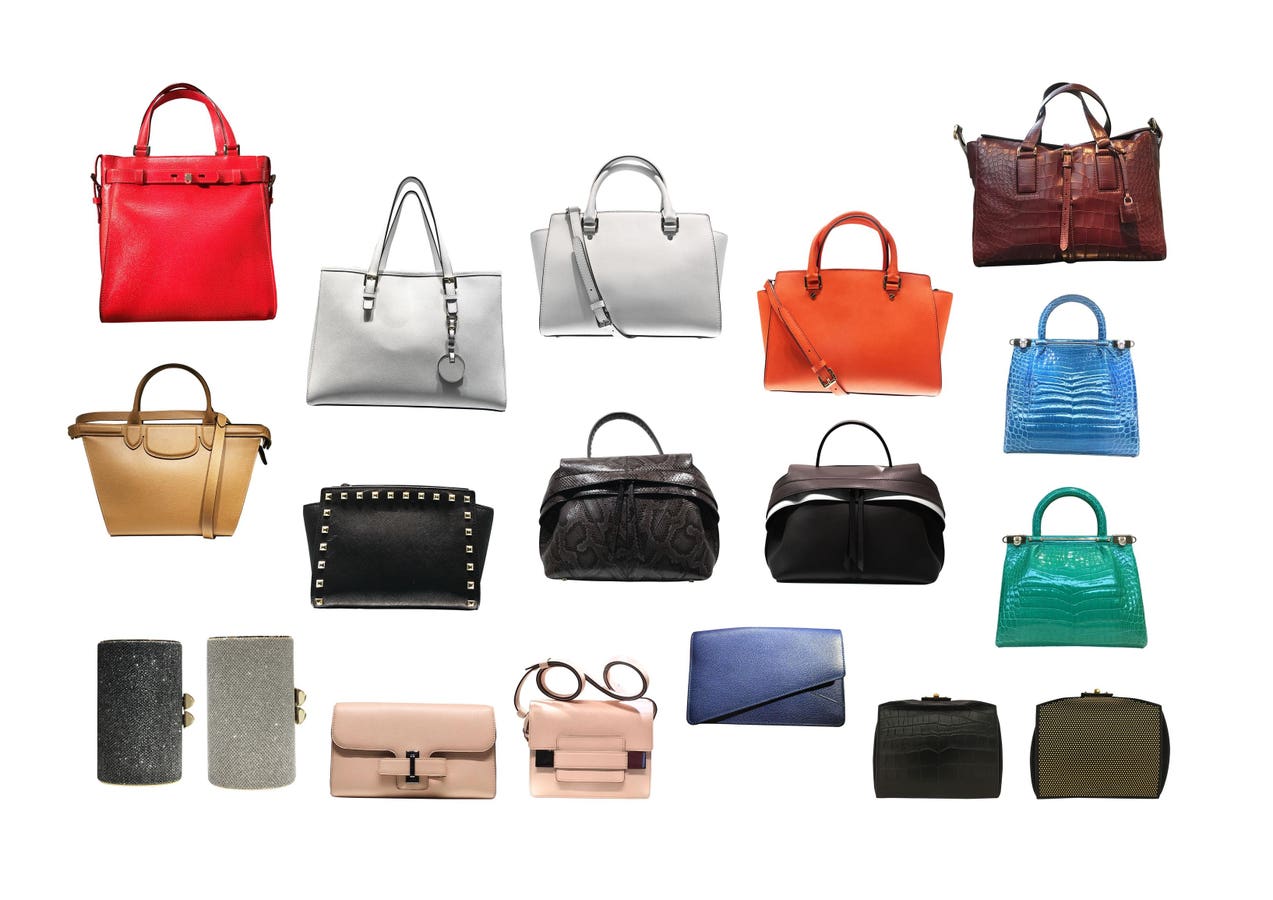The New York Times
NYT
The transaction was announced last summer and appears to be an attempt to create a company that can compete effectively with LVMH or Kering which own brands like Louis Vuitton, Saint Laurent, Balencia, Moet Hennessy and many other luxury brands.
The potential pushback from the FTC feels like Ronald Reagan’s famous aphorism about the nine worst words in the English language: “I’m from the government and I’m here to help.”
Here’s why:
The FTC’s mandate to object to mergers and acquisitions is based on consumer protection. When companies get together in a way that limits consumer choices and potentially increases prices, the FTC has a role in stopping the transaction.
The consumers being protected here are luxury handbag shoppers, one of the last groups requiring the defense of the FTC. The ostensible idea is that their luxury handbag prices will cost more than they should. It makes you wonder whether anyone at the FTC has seen the price of an Hermes Birkin bag which in the tens of thousands even for used ones.
And it’s worse than that. You only have to walk into any handbag or department store to know that there are innumerable other choices, both more luxurious/expensive and less, than the brands owned by Coach and Tapestry. Above all, the barriers to entry are nearly nothing, anyone can start a handbag company in their living room and try to make a go of it.
As yourself if Tory Burch could have come into existence or Goyard could be having such strong performance if the big companies the market power that the FTC needs to protect against. So why is the FTC on this case?
You might argue that if the companies combine, together with LVMH and Kering they will control the luxury market. But history says that putting brands together in one entity doesn’t give the owner pricing power over the brands. You only have to look at the history of companies that tried it, like Jones New York, Liz Claiborne and Kellwod, all of whom are now broken up and gone.
What’s more, the brands in the combined entity aren’t like the brands owned by LVMH and Kering, at least consumers don’t see them the same way. The American brands, especially Michael Kors, have grown by creating lower-priced products and expanding to new audiences that can’t afford their highest-price couture products.
The Europeans don’t do that. They maintain their price points and remain more aspirational. It’s not that one strategy is necessarily better than the other, they’re both valid but they are not the same and it seems unlikely that the two strategies together in one market would be hurtful to consumers.
The FTC has a useful purpose but defending against luxury handbag mergers doesn’t seem to be the best use of its time. Maybe it’s lucky that we don’t get all the government we pay for.
Read the full article here





